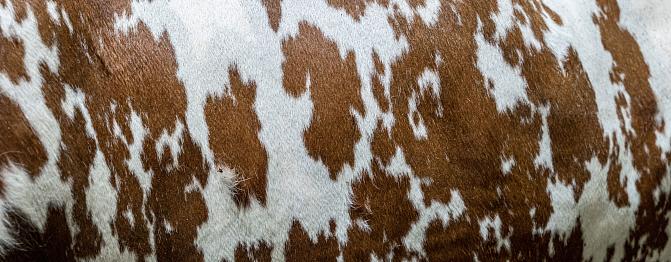
Recommendations for achieving carbon neutrality in the Finnish dairy and beef sector by 2035
On this page
Our current food system is responsible for nearly one-third of global greenhouse gas emissions. Climate change affects milk and beef production in Finland in unpredictable ways. A key requirement for a sustainable dairy and beef industry is understanding whether grassland cultivation on mineral and peat soils can contribute to carbon sequestration.
We identified knowledge gaps in greenhouse gas research related to milk and beef production. Together with Finnish dairy and beef industry partners, we provided farm-level recommendations—based on new and existing research—for helping commercial farms in Finland reach climate neutrality by 2035.
Since 2017, we have monitored greenhouse gas fluxes on grasslands and croplands across Finland. Meta-analyses of northern grassland management practices and annual crops, along with their related greenhouse gas fluxes, are based on published literature from around the world. We also defined a set of parameters that should be measured and reported alongside greenhouse gas emission data to gain a deeper and more systematic understanding of the vegetation and soil processes influencing emissions.
In collaboration with the Finnish Geospatial Research Institute, we developed a method for analyzing greenhouse gas emissions from well-drained and poorly drained organic soils using satellite imagery. This analysis supports informed decision-making in land use management on drained peatlands.
The data we have collected can be utilized in agroecological modeling. Effective models require a wide range of data to support climate-smart agricultural practices. For example, regional information gathered through drone and satellite remote sensing can improve model performance and guidance for climate action in agriculture.